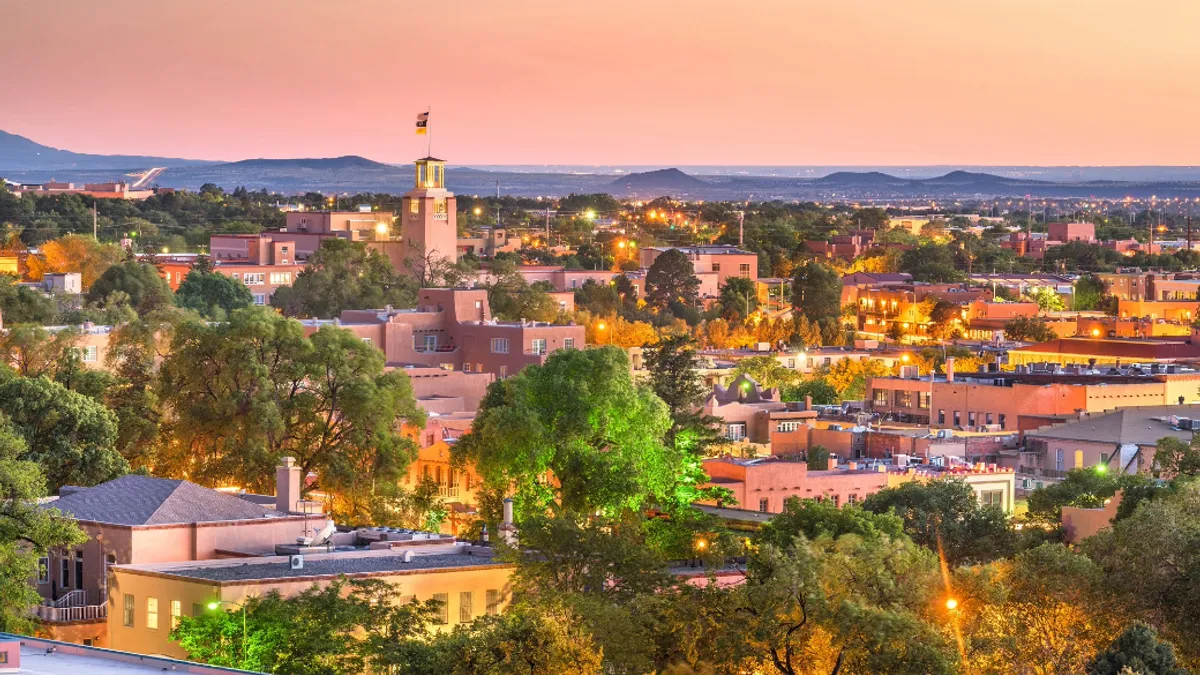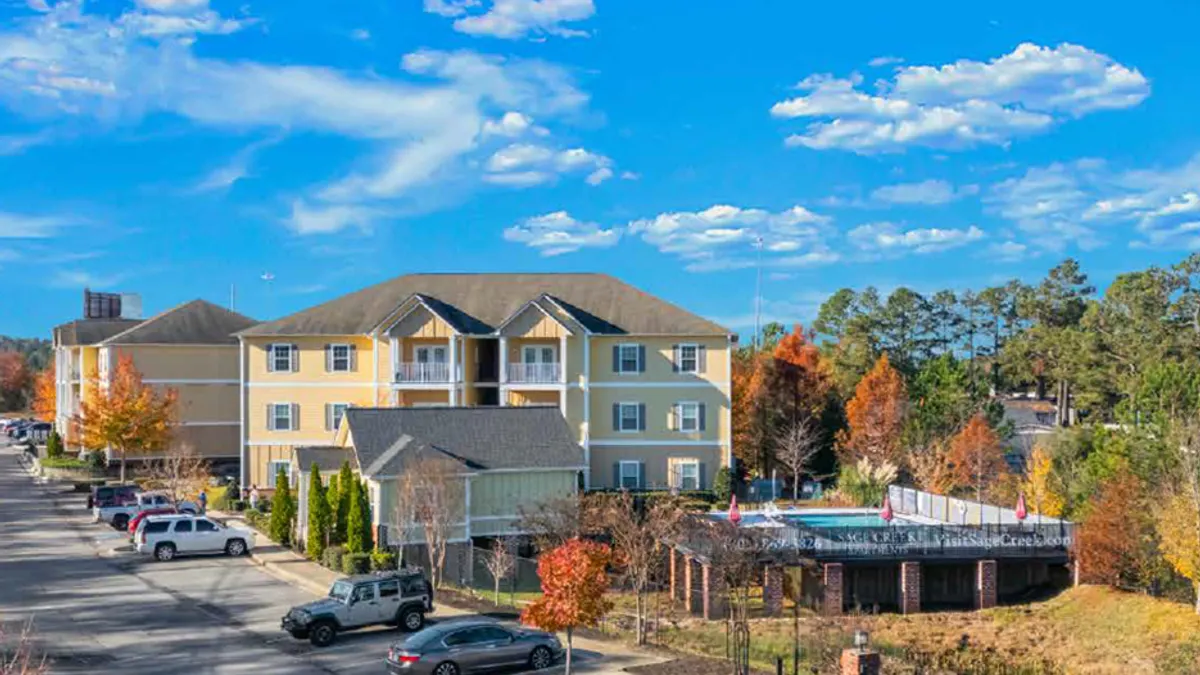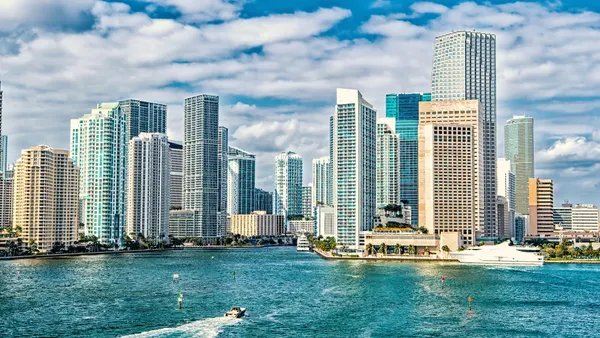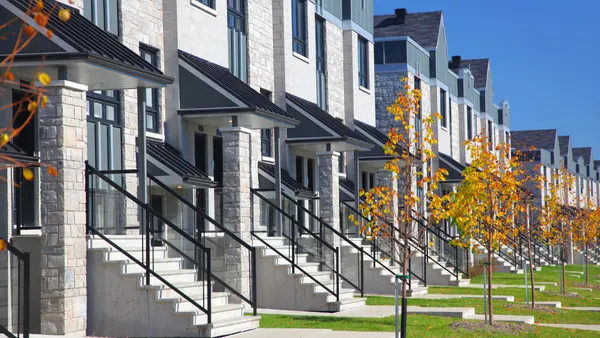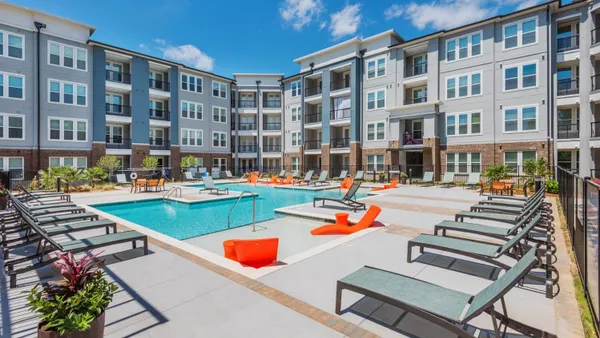After record increases during the pandemic, decelerating and even negative rent growth have dogged the multifamily industry for six straight quarters. At the same time, high inflation has cut into multifamily revenue. Consumer prices grew 3.5% year over year in August, according to the preferred inflation measure of the Federal Reserve.
In contrast, nationwide rent growth for the third quarter has fallen to 0.8% — well below inflation.
But in some markets, rent growth is outpacing inflation. Here’s a look at the markets where multifamily owners and operators are seeing asking rents significantly above the national inflation rate.
1. Odessa, TX: 11.5%
This western Texas market leads the nation in rent growth, with double-digit year-over-year growth in asking rent that’s well over triple the latest inflation rate.
This healthy increase in rent growth can be attributed to the fact that Odessa currently has no new units under construction, while employment and population growth have both seen recent increases.
2. Midland, TX: 9.8%
Only 20 miles away from Odessa, the Midland multifamily market is also thriving, with nearly 10% rent growth compared to the third quarter of 2022. This market is dominated by high-end apartments, and no new units are currently under construction.
3. Decatur, IL: 9.8%
Just behind Midland, the Decatur market in Illinois is seeing an increase in asking rent of 9.8% compared to the same time last year. The largest city and the county seat of Macon County, Decatur has seen positive absorption and job growth, despite a slight decrease in population.
4. Goldsboro, NC: 9.6%
The Goldsboro market in North Carolina is enjoying rent growth that’s almost three times higher than national inflation. This market is dominated by mid-priced apartments, and no new units are under construction, which has allowed rent growth to thrive.
5. Santa Fe, NM: 9.1%
The capital of New Mexico, Santa Fe and its surrounding cities have seen rent growth that’s well over double the inflation rate. At 5.4%, vacancy is notably lower than national averages, and net deliveries have been flat.
Looking ahead, the expected influx of 1,800 new units currently under construction is likely to drive down rent growth.
6. Valdosta, GA: 8.2%
The southern Georgia market of Valdosta is outpacing inflation by well over 200%. Home to Valdosta State University, this market is dominated by mid-priced apartments, classified as three-star in the CoStar building quality rating system.
With no new units under construction and a slight increase in job growth, this market is seeing a favorable supply–demand balance for apartment owners and operators.
7. Rockford, IL: 8.1%
Joining Decatur in the top 10 markets in Illinois for rent growth, the Rockford market has seen its asking rent increase by over 8%, while vacancy rates are half that number. Aided by the lack of new construction, this northern Illinois market has seen strong rent growth for its three-star properties, which make up the overwhelming majority of its units.
8. Mansfield, OH: 7.9%
Located midway between Columbus and Cleveland, the Mansfield market in Ohio is enjoying rent growth at nearly 8%, significantly outpacing inflation. Like many multifamily markets in the Midwest, Mansfield is seeing a favorable balance of supply and demand.
With no new units under construction and lower-than-average vacancy compared to the national numbers, Mansfield is expected to continue to see high rent growth. Its market is dominated by units in the one- and two-star category.
9. Kokomo, IN: 7.8%
With vacancy at only 4.3%, the Indiana market of Kokomo has seen year-over-year rent growth of 7.8%. This market has no new deliveries under construction, one of the key factors keeping rent growth well above inflation for the county seat of Howard County.
10. Grand Island, NE: 7.7%
Located in central Nebraska, the Grand Island market is characterized by low vacancy — only 3.5% — and no new units in the construction pipelines. These factors, alongside job and population growth, are helping demand outstrip supply and driving rent growth to well over double the inflation rate.

